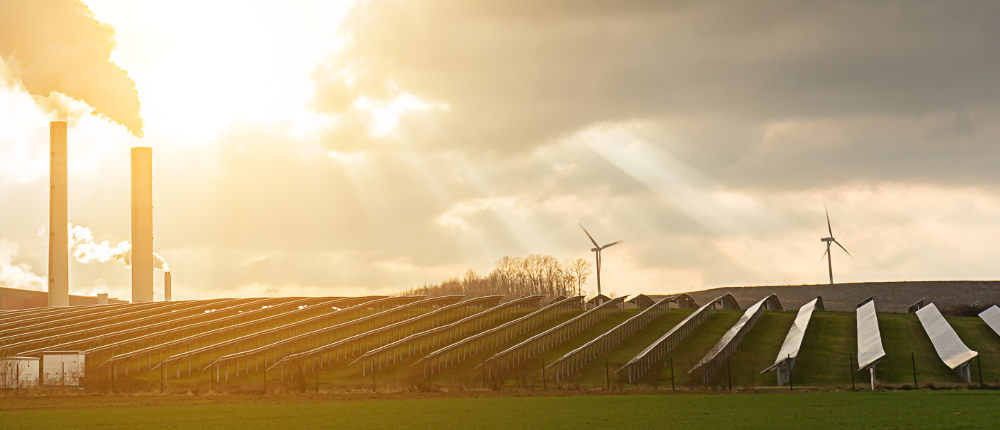Renewable Power is Now Affordable
In the late 1980s I was working at company in the USA that sold natural gas through direct purchase. Always on the lookout for new opportunities in the energy field, at one point they gave me a special assignment to research solar energy. We needed to know when solar would be cost-effective, competitive with coal, oil, gas, or nuclear.
In those pre-Internet days, I had to head over to the nearby university library and pore through scientific journals and economic publications to come up with some predictions. From all I could gather, the experts seemed to agree that solar would take at least 5 years before it would be worthwhile to invest in. So the project went on hold, but I was eagerly looking forward to a clean, renewable source of energy to become widely available in the early ’90s.
Well, it has actually taken closer to 30 years, but it appears that the tide is finally turning. A recent report from the International Renewable Energy Agency (IRENA) says that renewable power, including solar and wind, were more affordable in 2017 than ever before, and are now strongly competitive in many locations and applications.
A few IRENA report findings
“Renewable power generation costs continue to fall and are already very competitive to meet needs for new capacity.”
“The levelized cost of electricity (LCOE) from solar photovoltaics (PV) decreased by 69% between 2010 and 2016 – coming well into the cost range of fossil fuels.”
“Onshore wind, whose costs fell 18% in the same period, provides very competitive electricity, with projects routinely commissioned nowadays at USD 0.04/kWh.”
“As installation accelerates, the cost equation for renewables just gets better and better. With every doubling of cumulative installed capacity for onshore wind, investment costs drop by 9% while the resulting electricity becomes 15% cheaper.”
I find these statistics very encouraging, because now more than ever, the world needs abundant sources of energy at affordable prices. This is the energy that will power industry, commerce, and households for decades and centuries to come.
Data connectivity plays a role
I’m also pleased that Skkynet is responsible, in a quiet but important way, for some of these cost reductions. With increasingly more efficient and secure data connectivity, our customers who install and monitor wind turbines or solar panels are improving their quality of service and cutting their costs. Ultimately these savings are passed on to the consumers and industrial users of the energy. As the costs continue to drop, investment in renewables will increase.
Of course, conventional power plants, pipelines, and offshore oil platforms are also cutting their costs through secure remote monitoring and supervisory control. Improved access to production data benefits everyone across the board. So, I expect that the changeover to renewables will continue in the same gradual, steady way into the foreseeable future. Let’s see what the next 30 years have in store.



